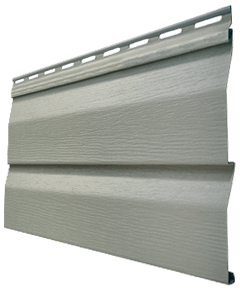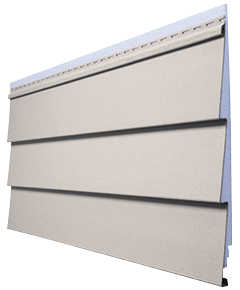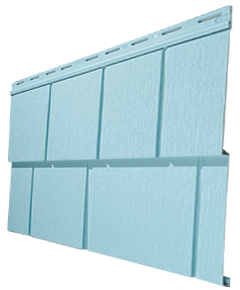Code at a Glance
Get the information you need quickly with our International Code Quick Reference Chart.
Download Quick ChartProducts must be certified and labeled to show they conform to their established ASTM standard:

ASTM D3679—1403.9

ASTM D7793—Code Compliance Reports

ASTM D7254—1403.12
Get the information you need quickly with our International Code Quick Reference Chart.
Download Quick Chart

Vinyl Siding Institute is now the Polymeric Exterior Products Association (PEPA)We’ve expanded our focus to represent the growing range of architectural products that share and complement vinyl siding’s performance and aesthetics. Learn More About PEPA |